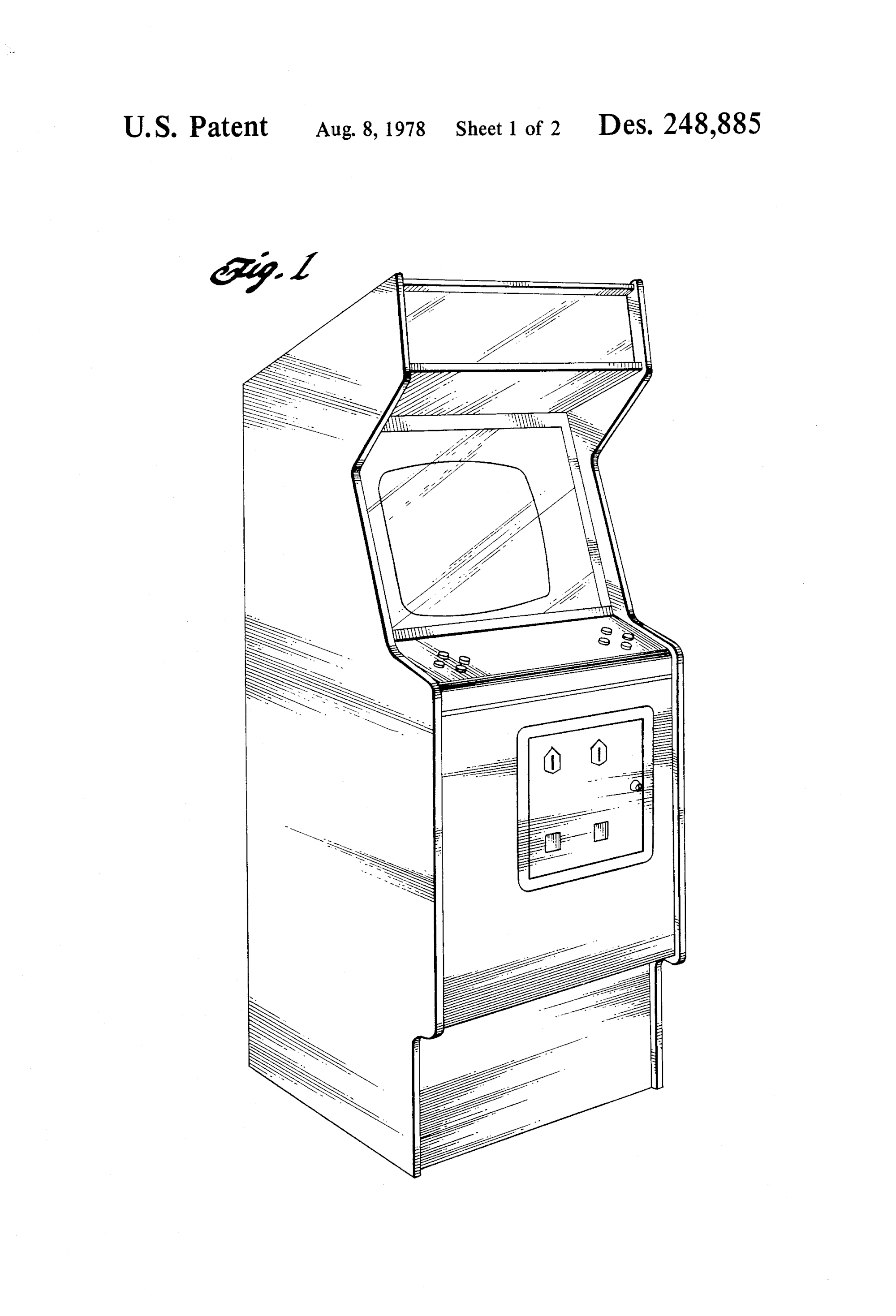
Patented Play
Trace the history of children and adults' entertainment through the pages of our new patent design book
When he was ten- years-old, Thomas Rinaldi visited the Henry Ford Museum in Detroit. “The museum has made a point of collecting examples of various things that aren’t typically thought of as museum pieces,” recalls the architectural designer and author in the introduction to his new book, Patented: 1,000 Design Patents. “The collection includes cars, of course, but I still remember my excitement to find things like giant steam engines that had once powered entire factories; one of Ford’s early tri-motor airplanes; and an elaborate neon sign that had advertised a Holiday Inn before being displaced by subsequent generations of corporate branding.”
“In one area, the museum displayed various types of ordinary household objects like radios, toasters, and vacuum cleaners,” he goes on. “The curators arranged these items in chronological sequence to emphasize their evolution over time. This exhibit made an impression that resonates with me still.”
Rinaldi’s early taste for design history might be shared by other school children, yet his new book certainly does include quite a few playful inclusions that have charmed many a playful consumer over the years.
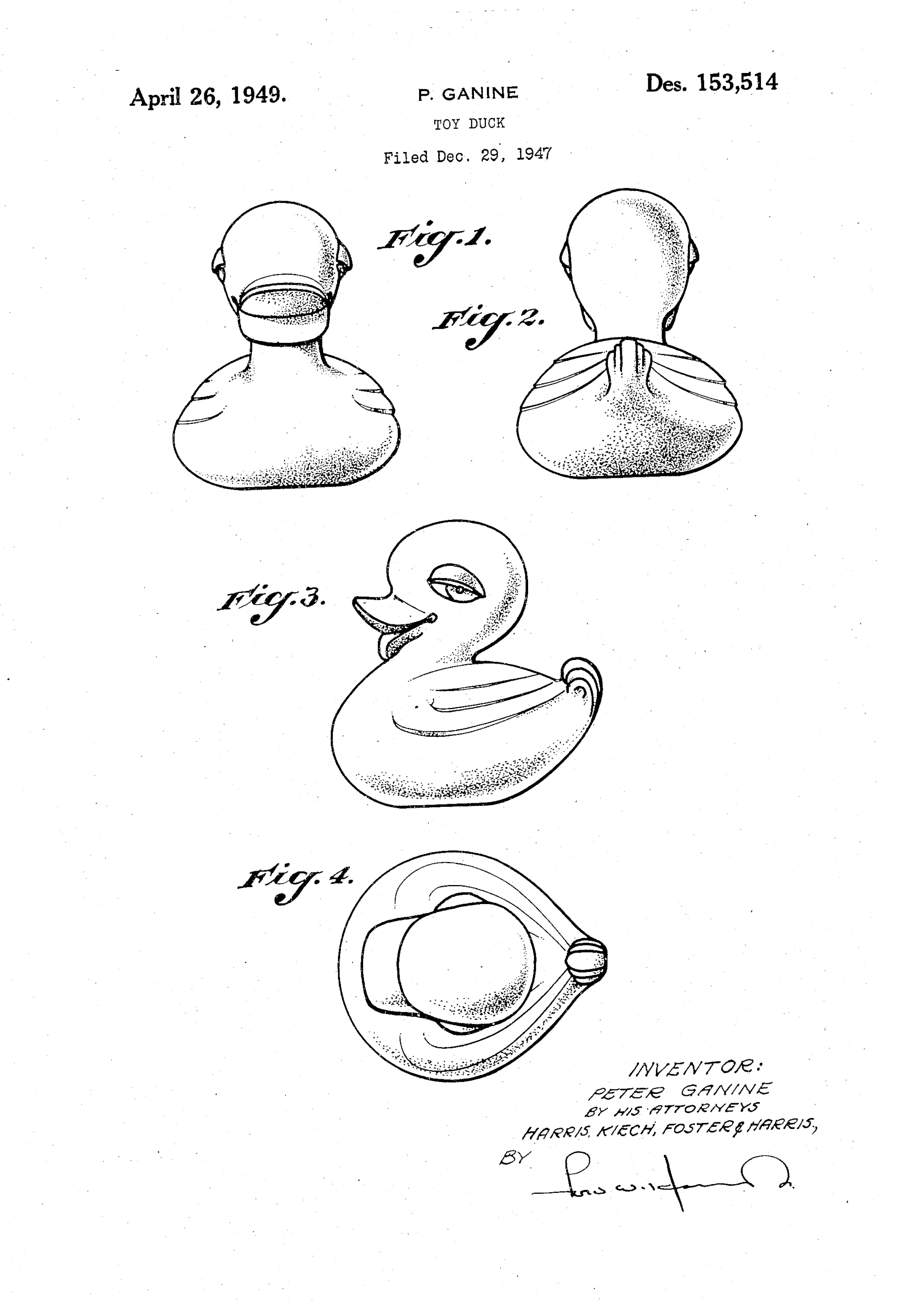
Take, for example, the rubber duck, created in 1947 by the Russian-American sculptor, Peter Ganine. This bathtime staple is so familiar and welcome a beast within our built environment that we can barely conceive of it actually being designed; yet as Patented shows, it did, indeed begin its life on Ganine’s drawing board, before making it into thousands of homes and baths.

A less familiar sight, though one that was quite common up until a few years ago, appears on the later pages of Patented (which arranges all its 1,000 design patents in chronological order).
The video game cabinet, designed by Lonnie Pogue for the Californian tech firm Gremlin Industries back in 1976, is the sort of fridge-sized box many older readers will remember dropping coins into, in order to play (by today’s standards) quite rudimental computer games in bars across the world.
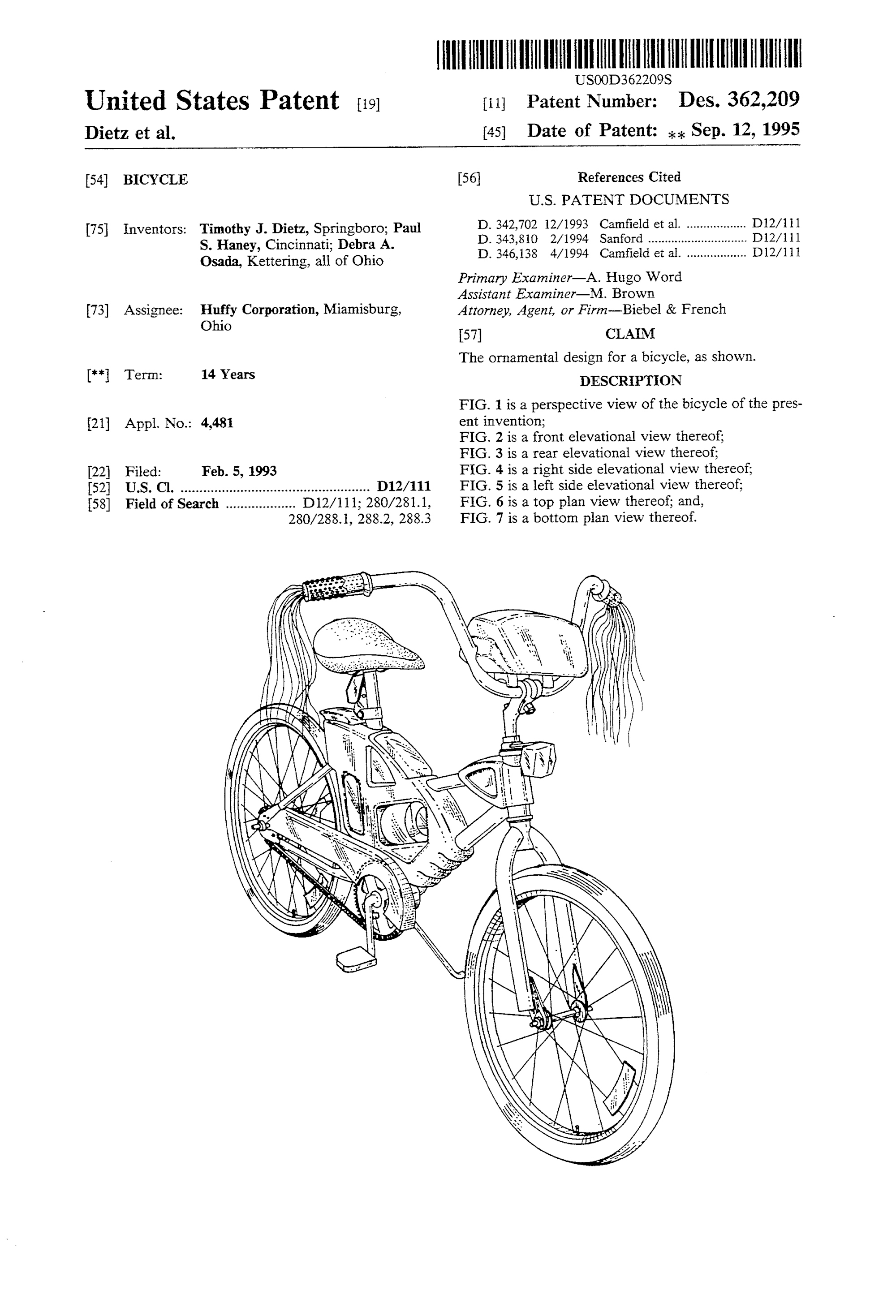
A more wholesome kids toy lies among the latter pages of this deceptively thick book. A stalwart of American bicycle manufacturing, Huffy lodged its patent for its distinctive kids bike in 1993, and its handlebar streamers would have charmed young riders long after the 14-year term of the patent expired.
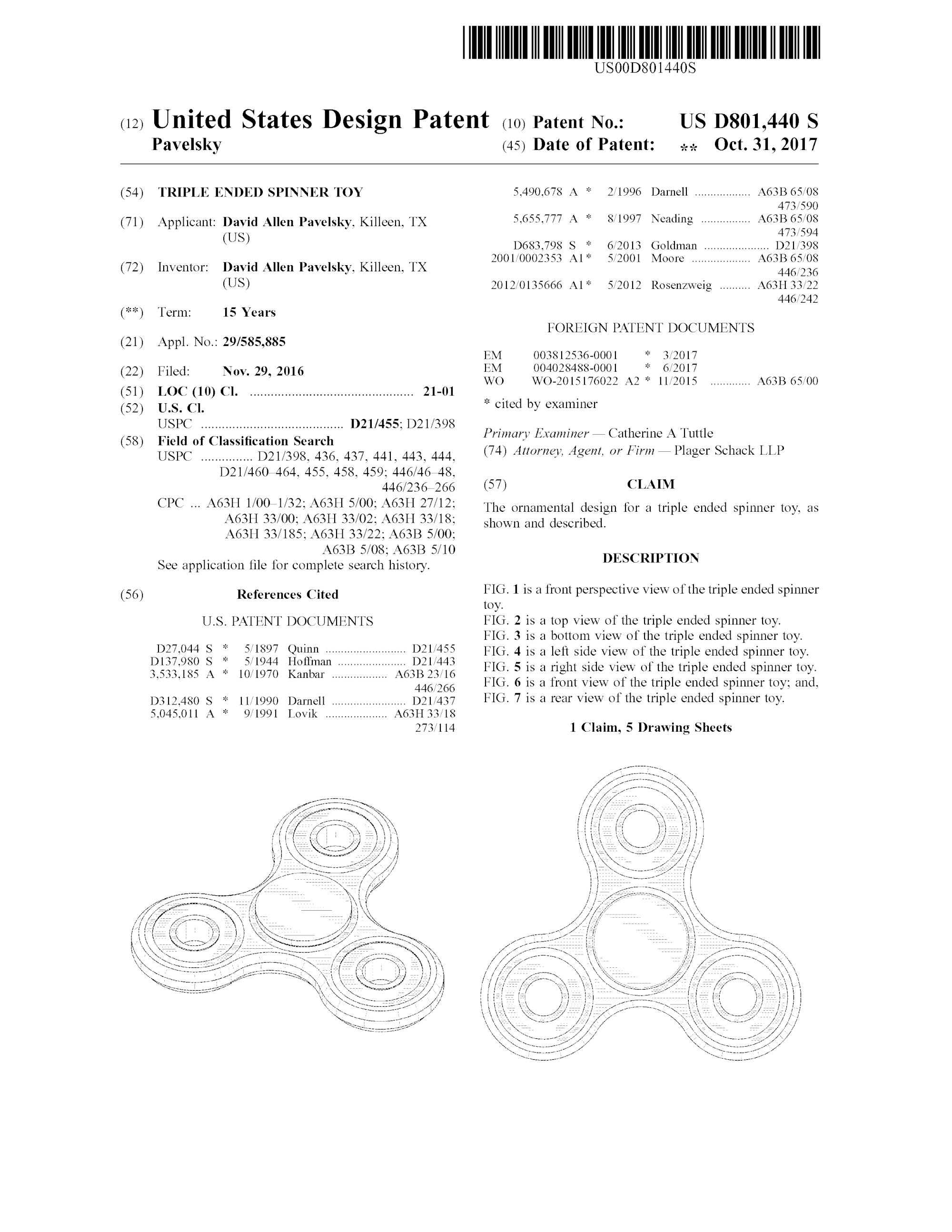
If only the same could be said for David Allen Pavelsky’s triple-ended spinner. The exact origins of this toy, known colloquially as the fidget spinner, are obscure, though Pavelsky’s patent, lodged in the autumn of 2016, certainly predated the toy’s extreme popularity, which peaked in the spring of 2017. Unfortunately, the fad (for Pavelsky) the fad didn’t last, and now you’re as likely to see one of these spinners in a clutter drawer as you are to catch one in a museum cabinet.
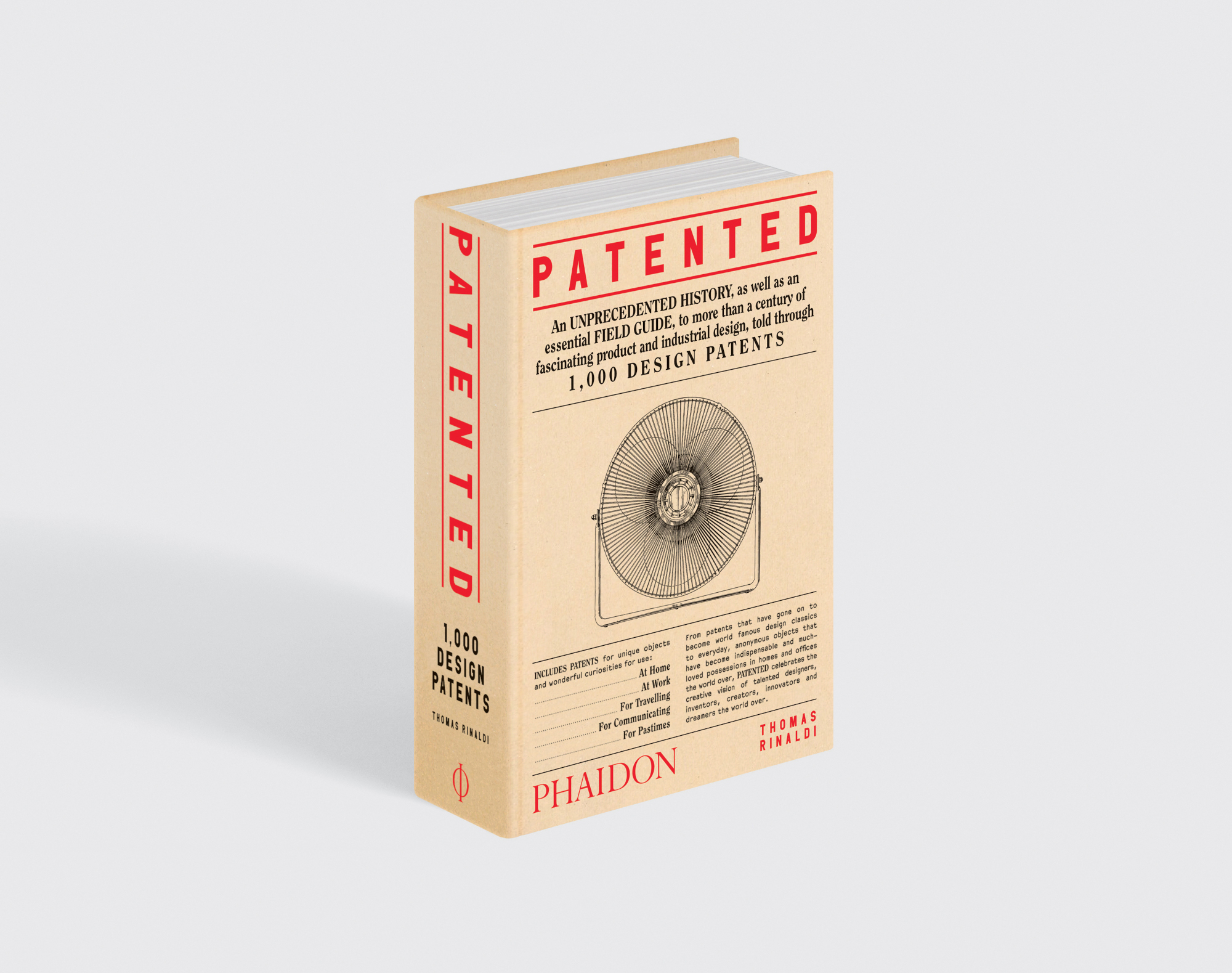
If you want to see these designs and many hundreds more you should order a copy of Patented here; it's an essential field guide to more than a century of fascinating product and industrial design.Look out for our interview with its author, Thomas Rinaldi, next week.